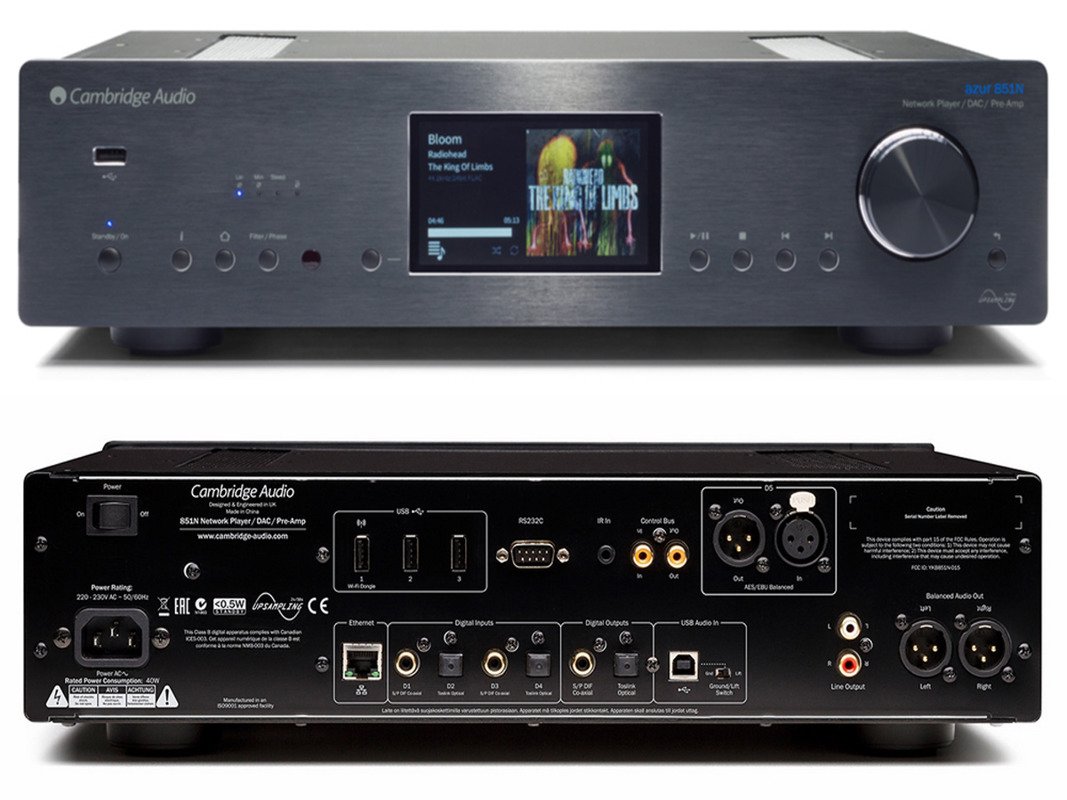

Unassuming to look at it had a lot to show for its £150 price point, raising the standard for the amount of functionality that could be packed into a stand-alone DAC.īy the mid-90s, manufacturing for Cambridge took place primarily in China, which designer John Westlake (opens in new tab) described as an electronics “candy store”, offering him the flexibility to upgrade to high-end components without the cost becoming prohibitive. The DacMagic was one of the last of the original generation of DACs. 12 of the best British CD players of all time.Still, despite the price, its ability to read the fine detail on discs accurately made it hugely popular with music lovers and CD manufacturers alike. Unfortunately, this idea increased the manufacturing cost, which in turn meant that the CD1 cost a small fortune – at £1500 – double the cost of most other players at the time. The company came up with nine filter options for the CD1 meaning that almost every CD could be played back faithfully. Cambridge recognised that to get true fidelity to the original recording, the digital to analogue conversion performed by a CD player needed to have an accurate mirror image of whichever filter process had occurred to begin with. Different studios were using different pre-conversion filters at the time as there wasn’t yet a standardisation for digitising analogue master tapes to CD. The transport mechanism was mounted on a lead beam to increase isolation, and there were separate power supplies for the digital and analogue circuits.Īnother novel feature of the CD1 was the inclusion of playback filters. The DAC section cleverly used three matched 14-bit DACs per channel to cancel out errors this resulted in a linear performance to -120 dB, an incredible feat at the time. A third box was soon added with a quality assurance module that corrected for inaccuracies on the disc. When Cambridge released the CD1, it was the first player to be split into 2 boxes the upper deck carried the power supply and disc tray while the lower housed the DAC circuitry. 9 debut stereo amplifiers from iconic hi-fi brands.While the C75/A75 combination was costly to build, the level of detail taken in developing the circuitry and careful choice of components ensure its status as one of the best Cambridge products of all time. The A75, for its part, kept Cambridge's trademark toroidal transformer, but added a power supply for each channel, resulting in an impressively high output current capability. By alternating EQ and amplification circuits, Curtis overcame this issue and produced a superb sound in the process. However, it was also prone to increased noise interference and degradation of the dynamic range. Passive EQ was preferable to an active circuit, as it kept negative feedback consistent across all frequencies and tracked the required RIAA equalisation to very high frequencies. The C75 implemented a phono stage that used a new technique called 'segmented equalisation' whereby the signal current would pass through discrete stages of passive EQ and amplification. The idea was to shield the sensitive input circuitry from the electrically noisy power amplifier, improving the sound and giving better performance.Īnd the separation didn't stop there. The C75 pre-amplifier and A75 power amplifier were the first of a new generation of Cambridge amps split into two units that could be combined using end panels.

Old amplifier vs new amplifier: which is better?Ĭambridge Audio C75 preamp and A75 power amp (1984).While the P50 and P60 amps that followed quickly on its heels offered greater reliability and efficiency (as well as sales), it’s the P40 with its elegant low-contour case from Woodhuysen Design, boldness and longstanding influence that makes it the first of six Cambridge amps on this list. The risk paid off, and these days, toroidal transformers are a standard component inside high-end amplifiers. But they were also willing to take chances, and the P40 became the first-ever amplifier to use toroidal transformers, a nascent technology that just happened to be being manufactured by another local company at the time. The P40 integrated amp was the company’s first-ever product, developed by Gordon Edge and Peter Lee, who took a simple approach with just a few transistor stages. Like many long-established audio firms, Cambridge made its name by releasing the most crucial piece of any hi-fi system: a quality stereo amplifier.


 0 kommentar(er)
0 kommentar(er)
